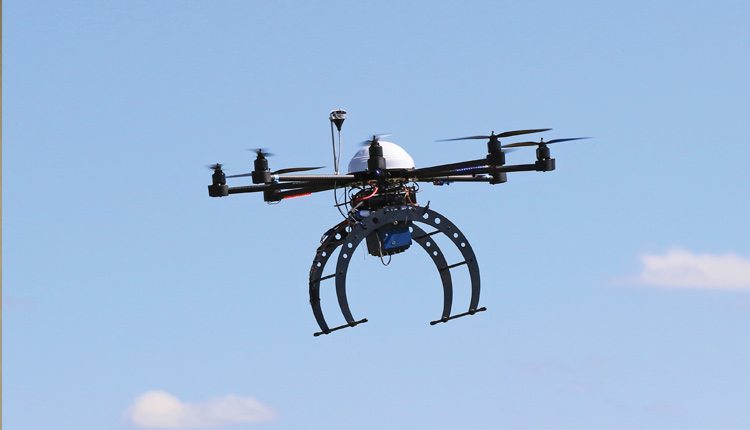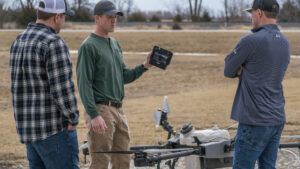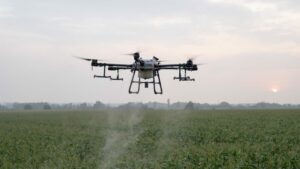Will new regulations inhibit or increase the use of UAS?
More than 1 million drones were placed under Christmas trees this past month, meaning that even more hobbyists and commercial users will be taking to the air. That includes the seed industry and farmers, who are finding that the sky’s the limit in how drones can help their operations.
“Drones fit very well into a precision-agriculture-adopted farm,” says Thomas Haun, PrecisionHawk vice president of strategy. “Drones give us the ability to see more and understand more, even down to the plant level.”
Haun says the potential uses of drones in the crop industry are many, especially for those in the seed industry and university researchers looking to develop new cultivars. These include: trait assessment for breeding; canopy profiling; wind profile/wind shear information; spore, dust and pollen collection; water quality assessments and survey; methane and carbon dioxide sensing; wireless collection of data from ground sensors; and crop scouting.
Proposed Rules
The Federal Aviation Administration is working on permanent regulations governing drone use. In November, an FAA task force, of which PrecisionHawk is a part, released initial recommendations for the registration of small unmanned aircraft systems (UAS).
The task force proposed that all UAS weighing from 250 grams to 55 pounds be registered with the FAA at no cost. If accepted, only the owner’s name and physical address would be required. The FAA would host the registration database and a unique registration number would be sent to the owner, which would then need to be marked on the aircraft.
These rules, once finalized, are aimed at increasing accountability and responsibility among drone users, as well as safety standards.
To date, commercial use of drones is not permitted without FAA approval through what’s called a 333 exemption, says Richard Ferguson, a University of Nebraska, Lincoln, agronomist. Ferguson has been studying drones for years, from fixed-wing remote-control planes in the late 1990s to a multi-rotor system.
Exemptions are being granted on a case-by-case basis for those seeking use for commercial operations, prior to the finalization of the Small UAS Rule, which will be the primary method for authorizing smal UAS operations once complete. As of early December, 2,518 exemptions had been granted.
The exemption process provides operators who wish to pursue safe and legal entry into the National Air Space a competitive advantage in the UAS marketplace, discouraging illegal operation and improving safety.
Ferguson says it’s still unknown weather drone operators will be required to have a pilot’s license or some lesser operational permit.
Agricultural consultant Chad Colby urges anyone interested in drones to visit KnowBeforeYouFly.org, a site sponsored by the FAA and the industry that offers up-to-date information on laws and regulations.













